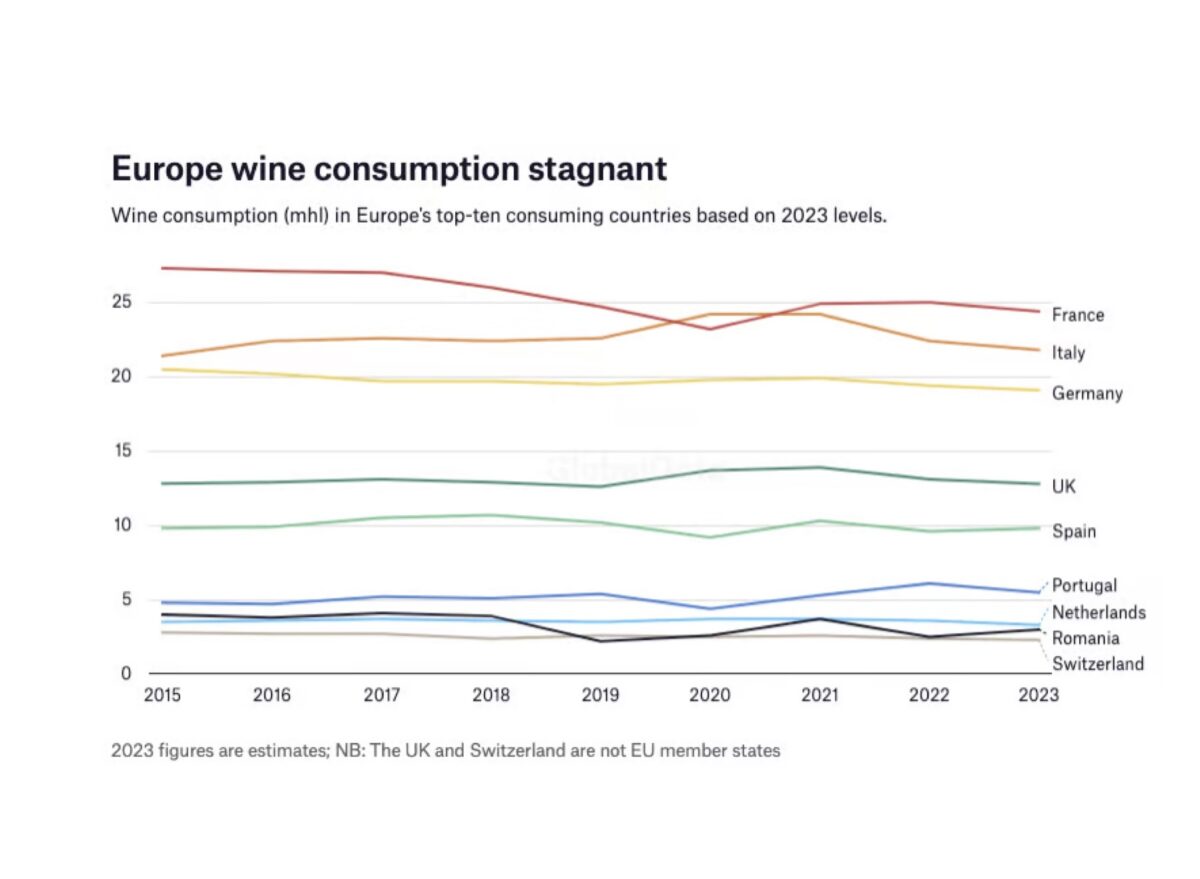WineGB is calling on the government to provide additional support to promote the growth of GB wine sales overseas through exports. The percentage of sales from export has doubled in two years from 4% in 2021 to 8% in 2023.
Currently, British wines are exported to 45 countries, with the largest markets being Norway, Japan, the United States, Sweden, Finland, Denmark, Switzerland, the Netherlands, Hong Kong and South Korea. Notably, sales of English still and sparkling wines in Norway have surged by 33% over the past year.
According to figures from Norwegian alcohol monopoly Vinmonopolet, sales increased by 21,551 litres, reaching a total of 87,318 litres.
WineGB is pushing for stronger partnerships with the Department for Business and Trade (DBT) and the GREAT campaign, as outlined in its Manifesto for Growth. The trade body emphasises that no new wine-producing region has established itself in the global export market without significant government backing. WineGB is keen to work closely with Jonathan Reynolds MP, secretary of state for the DBT, to accelerate the growth of British wine exports.
To level the playing field for English and Welsh wines in international markets, WineGB has proposed five key actions:
1. Showcasing English and Welsh wines in 20 to 30 major cities worldwide
2. Enhancing grant funding, export financing, and support for physical distribution at overseas events
3. Improving trade access to European markets
4. Expanding the UK’s gastro-diplomacy efforts through its global network; and
5. Assisting exporters with better access to accurate and up-to-date export data
Sources: https://winegb.co.uk, and Harpers





